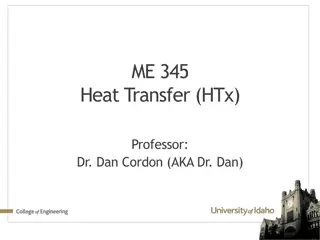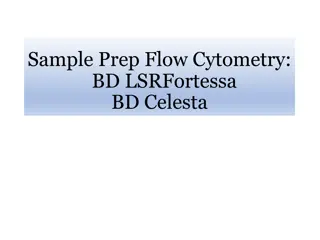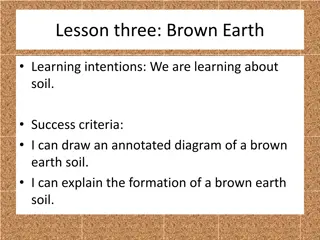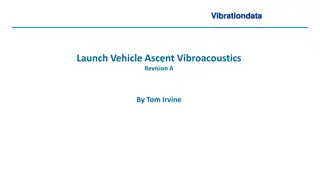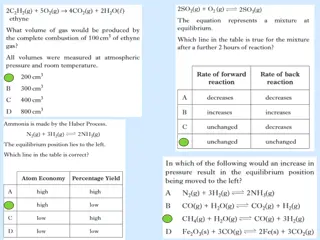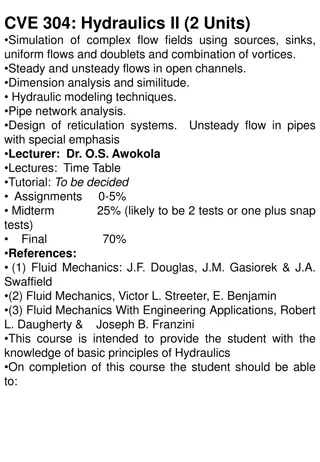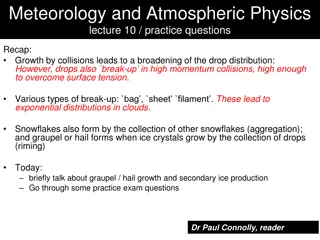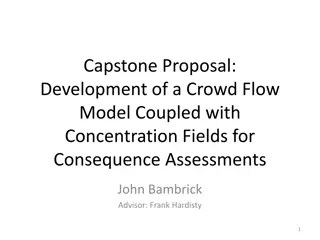Bedforms in Unidirectional Flow: Characteristics and Formation
Bedforms in unidirectional flow exhibit various characteristics such as sediment layer thicknesses, boundary layer dynamics, presence of ripples and dunes, and the interplay between flow velocity and sediment deposition. These bedforms, including ripples and dunes, form due to interactions between turbulent and laminar sublayers in the boundary layer, influenced by factors like flow velocity, Reynolds number, and grain size. Understanding the formation and features of these bedforms provides insights into sediment transport processes in natural environments.
Download Presentation

Please find below an Image/Link to download the presentation.
The content on the website is provided AS IS for your information and personal use only. It may not be sold, licensed, or shared on other websites without obtaining consent from the author. Download presentation by click this link. If you encounter any issues during the download, it is possible that the publisher has removed the file from their server.
E N D
Presentation Transcript
Bedforms Bedforms in Unidirectional Flow in Unidirectional Flow
Sedimentary layer thicknesses span several orders of magnitude, from mm to more than a meter That continuum is arbitrarily subdivided: anything <1 cm is called a lamina, >1 cm is a bed
Although beds can be planar boundary layer combined with sediment deposited from traction often produce bedforms (three-dimensional features on the bed) planar or contain parallel laminae parallel laminae, turbulent flow in the Kennetcook River, Nova Scotia
Flow velocity decreases close to the bed surface, due to frictional interaction between the water and the sediment This interval of reduced flow is called the boundary layer boundary layer Current velocity around particle.jpg
Boundary layer divided into turbulent sublayer (10s of cm to m thick) and laminar sublayer (basal mm or less of the boundary layer) Turbulence controlled by relative importance of inertial vs. viscous forces (Reynolds number Re) Constant average velocity Re =ruD Density, velocity, depth m Viscosity Re > 2000 Re < 500 Laminar Sublayer
Ripples Ripples are the smallest bedform, typically a few cm tall and 10-20 cm wavelength Ripple diagram.jpg Erosion Deposition Due to flow reattachment on stoss side of ripple, laminar sublayer of boundary layer is compressed and flow velocity is higher leads to erosion Low velocity in eddy on lee side leads to deposition
Dunes Dunes have a similar appearance to ripples (gentle stoss slope, steep lee side), but are larger Height: 10 cm to 10 m, spacing: 60 cm to 100s of m
Are dunes just big ripples? Are dunes just big ripples? Dunes form from large-scale turbulence; ripples related to laminar sublayer Dune size scales with flow depth; ripples scale with grain size instead Height and wavelength distribution of dunes and ripples are separate
Upper plane bed Upper plane bed produces parallel laminations with low-relief ridges and grooves (called parting lineations ) parallel to flow on the bed surface Parallel laminations Parting lineations
Parting lineations form because turbulent boundary layer develops longitudinal regions of higher and lower velocity flow High-velocity bursts disrupt laminar sublayer and erode sediment
Antidunes Antidunes are unusual in typical river flows, but are broad, slightly asymmetrical bedforms that migrate upstream (!) in most cases Form where supercritical flow produces standing waves
What is supercritical flow? Subcritical and supercritical flows are defined by a Froude number, the ratio of flow velocity to the speed of wave propagation (wave celerity) u Fr = gD Fr < 1: subcritical velocity less than wave celerity Supercritical Fr > 1: supercritical velocity is greater than wave celerity Hydraulic Jump Subcritical
Low velocity When Fr Fr < 1, the water surface perturbation is out of phase with the bed perturbation High velocity flow Forms regular dunes High shear stress Erosion Low shear stress Deposition Low velocity When Fr Fr > 1, the water surface perturbation is in phase with the bed perturbation High velocity flow Forms antidunes Low shear stress Deposition High shear stress Erosion





















